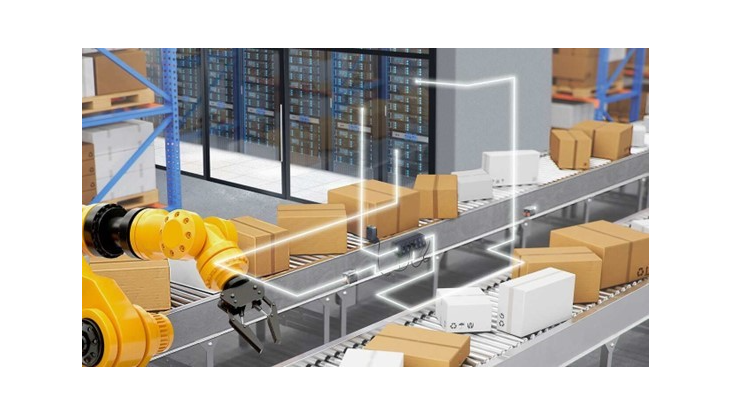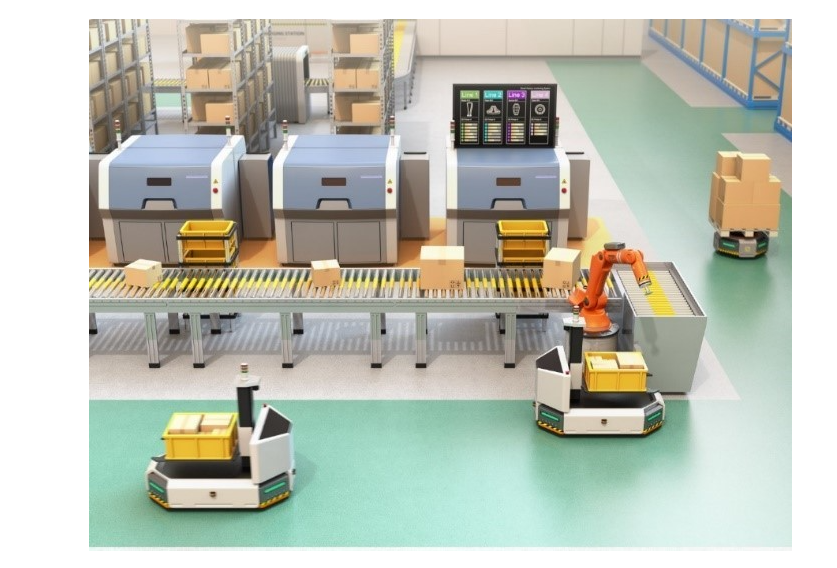
For factory automation and process automation, Ethernet-based industrial communication is no longer a far-fetched and elusive vision.
But due to cost, complexity, and scalability challenges, serial interfaces remain the standard for wired communications, which is understandable given the cost-effectiveness and reliability of IO-Link and RS-485. Design and software engineers are also familiar with these standards.
However, new embedded processor technologies are helping to accelerate the shift to Ethernet by integrating support for MAC, as well as various industrial Ethernet protocols such as EtherCat and Profinet. Our processor team interviewed several Texas Instruments experts for their insights into industrial communications design challenges and the role embedded processors have played in the adoption of Ethernet.
Key advantages of Ethernet for industrial communication
Meeting the demands of modern manufacturing processes for increased efficiency and flexibility requires communication protocols that can handle the rapidly increasing bandwidth of connected systems. With the use of more sensors and higher-level processing capabilities such as edge artificial intelligence (AI), systems in these environments need to transmit more and more data reliably and quickly.
This is an area where Ethernet is particularly strong, providing a mechanism for transmitting data with low latency, especially for time-sensitive network connections and protocols such as EtherCAT and Profinet.
"We are in the midst of a transformational journey towards Industry 4.0, with more factories adopting Ethernet to meet the high bandwidth demands of modern systems and take greater advantage of data-driven decision making capabilities." "Ethernet enhances the real-time capabilities of factory and process automation, enabling the next generation of manufacturing to incorporate more machine learning, predictive analytics and autonomous robotics capabilities," said Alex Weiler, general manager of plant automation and controls at Texas Instruments.

How do embedded processors support the transition to Ethernet
In industrial communication design, embedded processors ensure reliable communication between systems. They will still play the same role in Ethernet-based networks, but also have the potential to play a bigger role - especially in predictive maintenance and system monitoring.
Roland Sperlich, vice president of Texas Instruments' processor division, said: "Embedded processors - from microcontrollers to microprocessors - play a key role in the transition to Ethernet-based communications, helping to manage the increasing volume of data between connected systems and ensuring interoperability across network protocols. "Devices such as the Texas Instruments AM2432 microcontroller provide enhanced processing power and integrated components, as well as easy-to-use open source software, to help advance the potential of real-time control and communication in industrial systems."
While the role of embedded processors in industrial communication design has never changed, pairing modern devices with the right software can optimize Ethernet-based designs.
"As the computational capabilities of today's embedded processors continue to improve, engineers can enhance real-time control over Ethernet-based protocols through sophisticated software." "Weiler said.
Texas Instruments' semiconductor device product portfolio covers everything from cost-effective microcontrollers to high-performance systems on chip based on Arm® Cortex®-A72x. These devices combine traditional real-time control and detection capabilities with communication, storage, security and data processing capabilities that were previously available only in more advanced systems. These devices also support multiple fieldbus protocols and industrial Ethernet protocols at speeds up to 1Gbps, helping designers better manage the transition to Ethernet.

A follow-up to the transition to Ethernet in process and factory automation
A growing ecosystem of Ethernet-connected devices, both inside and outside the factory, and enhanced connectivity between these devices continue to drive efficiency and optimize the entire supply chain. Being able to support more data captured by increasing numbers of sensors and enhanced processing power also means greater flexibility in the manufacturing process, as well as more intelligence and decision making at the edge of the network through edge AI capabilities.
Pekka Varis, senior technologist at Texas Instruments, said: "The journey to widespread Ethernet adoption in the factory began with higher bandwidth, real-time communications and is now embracing AI processing. "As semiconductor technology advances, more data can be transferred between connected applications, allowing more decisions to be made at the edge of the network where sensors actively collect data, which will reduce latency and ultimately lead to more efficient and safer operations."
About US
Heisener Electronic is a famous international One Stop Purchasing Service Provider of Electronic Components. Based on the concept of Customer-orientation and Innovation, a good process control system, professional management team, advanced inventory management technology, we can provide one-stop electronic component supporting services that Heisener is the preferred partner for all the enterprises and research institutions.
